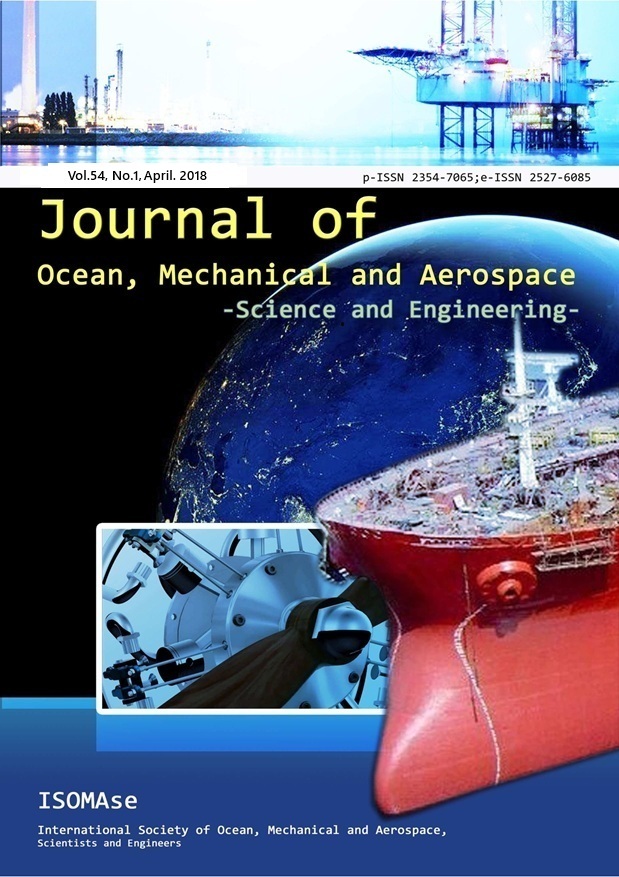Automatic Identification System (AIS) Decode Design for Ship Monitoring using Labview Software
Abstract
The AIS (Automatic Identification System) is used for monitoring ship traffic in the Singapore Strait. The AIS system is automated tracking system that was used in ship industry. The system consists of hardware that functions as AIS data receiver and AIS decode software developed with LabVIEW programming language. The system visualizes real-time coordinates of ships (longitude and latitude) to google maps. The method of decoding from AIS data onto ship data consists of 3 stages. Firstly, AIS data with char data type is converted to decimal. Secondly, decimal data is converted to binary and mirrors binary data results. Lastly, binary grouping according to ITU Recommendation M.1371 and binary grouping conversion with MSB reading to decimal are done. Results from the AIS system are: decoded MMSI, navigation status, Rate of Turn (ROT), ship speed, ship position (Longitude and Latitude), Course over Ground (COG), True Heading (HDG), Time Stamp, RAIM flag and Radio status. The accuracy of the system is 99.61%.















